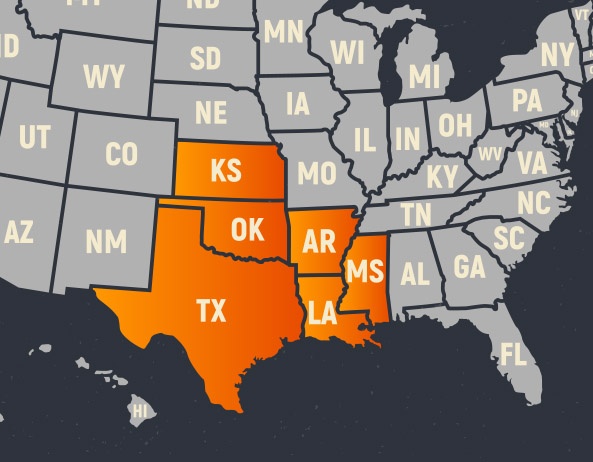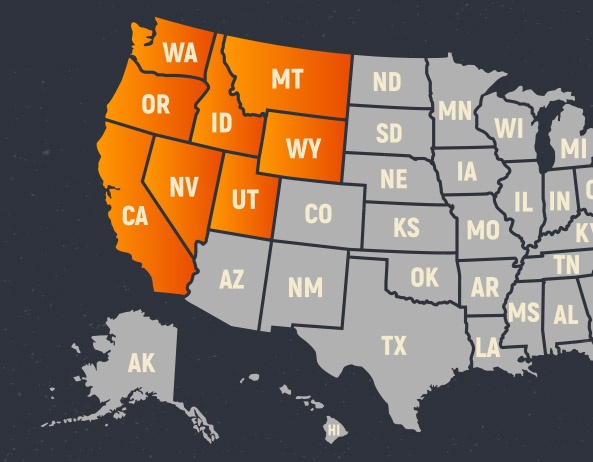The DOE ensures America’s security and prosperity by addressing its energy, environmental and nuclear challenges through transformative science and technology solutions.
DOE owns or controls real property assets that other parties may use for the deployment of broadband infrastructure in limited circumstances. Proposed uses must be consistent with DOE mission requirements, security, and public safety. DOE evaluates requests to use specific assets on a case-by-case basis for consistency with these requirements. DOE makes certain information about its real property assets publicly available; however, some information may not be disclosed due to national security concerns.
Power Marketing Administrations (PMAs) are federal agencies within DOE. Four federal PMAs operate electric systems and sell the electrical output of federally owned and operated hydroelectric dams in 34 states. The PMAs have over 5,000 miles of fiber deployed among their transmission lines and have explored the feasibility of leasing dark fiber to the private sector for broadband deployment.
DOE's Office of Electricity (OE), along with WAPA and SWPA, issued a report, Fiber Optics Feasibility Assessment: Western Area Power Administration and Southwestern Power Administration, in support of the Administration's reports to leverage federal assets to promote broadband deployment as part of the ABI.

Southeastern Power Administration (SEPA)
The Secretary of the Interior created SEPA in 1950 to implement the Flood Control Act of 1944. In 1977, SEPA moved to DOE. SEPA markets electric power and energy generated at reservoirs operated by the United States Army Corps of Engineers to more than 491 preference customers in the states of Georgia, Florida, Alabama, Mississippi, southern Illinois, Virginia, Tennessee, Kentucky, North Carolina, and South Carolina. SEPA does not market or sell excess fiber capacity.

Southwestern Power Administration (SWPA)
SWPA markets hydroelectric power in Arkansas, Kansas, Louisiana, Missouri, Oklahoma, and Texas from 24 U.S. Army Corps of Engineers multipurpose dams. SWPA operates and maintains 1,380 miles of high-voltage transmission lines, substations, and a communications system that includes microwave, VHF radio, and state-of-the art fiber optics.

Bonneville Power Administration (BPA)
The Bonneville Power Administration (BPA) is a non-profit federal power marketing administration based in the Pacific Northwest. BPA’s service territory includes Idaho, Oregon, Washington, western Montana and small parts of eastern Montana, California, Nevada, Utah and Wyoming. Although BPA is part of DOE, it is self-funding and covers its costs by selling its products and services. BPA markets wholesale electrical power from 31 federal hydroelectric projects in the Northwest, one nonfederal nuclear plant, and several small nonfederal plants. BPA provides about 27% of the electric power generated in the Northwest. BPA leases commercial dark fiber where there is additional capacity beyond BPA’s operational requirements on BPA’s fiber network. BPA is authorized to keep any revenues earned from these lease to help maintain its facilities.

Western Area Power Administration (WAPA)
WAPA markets and transmits wholesale electrical power across 15 states through an integrated 17,000 plus circuit-mile, high-voltage transmission system. WAPA service territory encompasses Arizona, California, Colorado, Iowa, Kansas, Minnesota, Montana, Nebraska, New Mexico, Nevada, North Dakota, South Dakota, Texas, Utah, and Wyoming.
